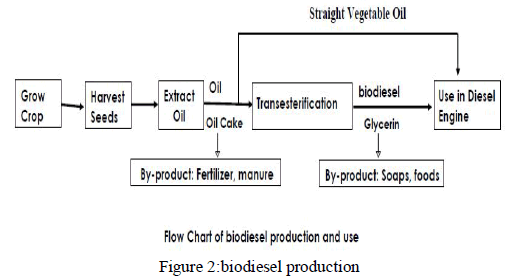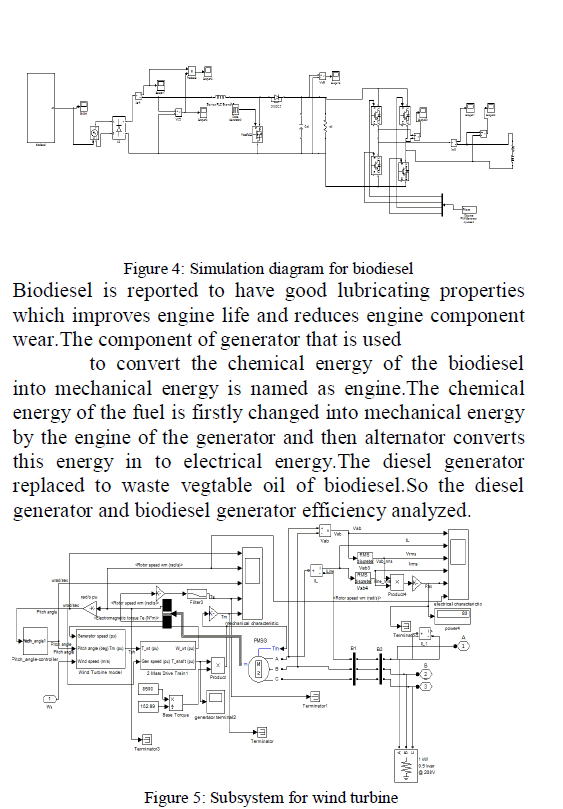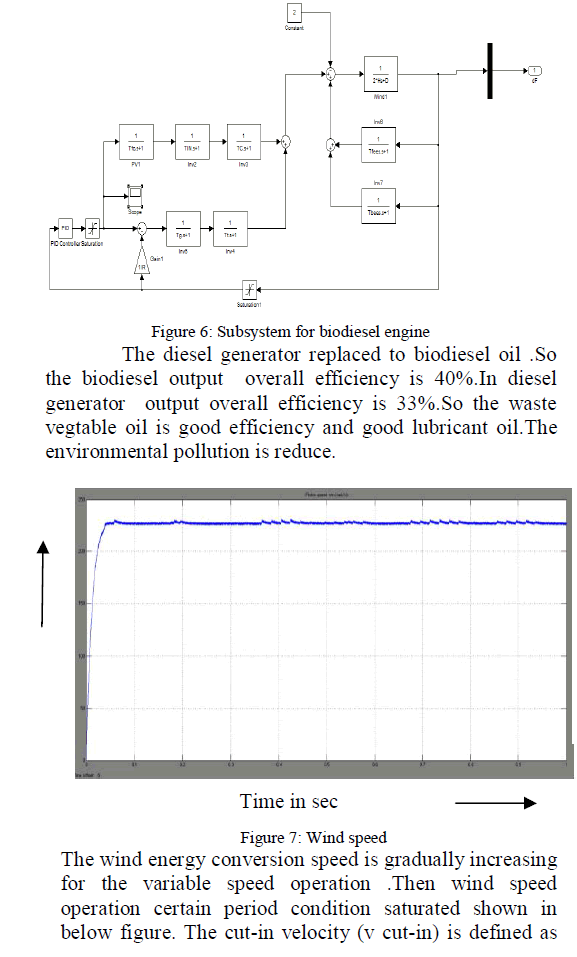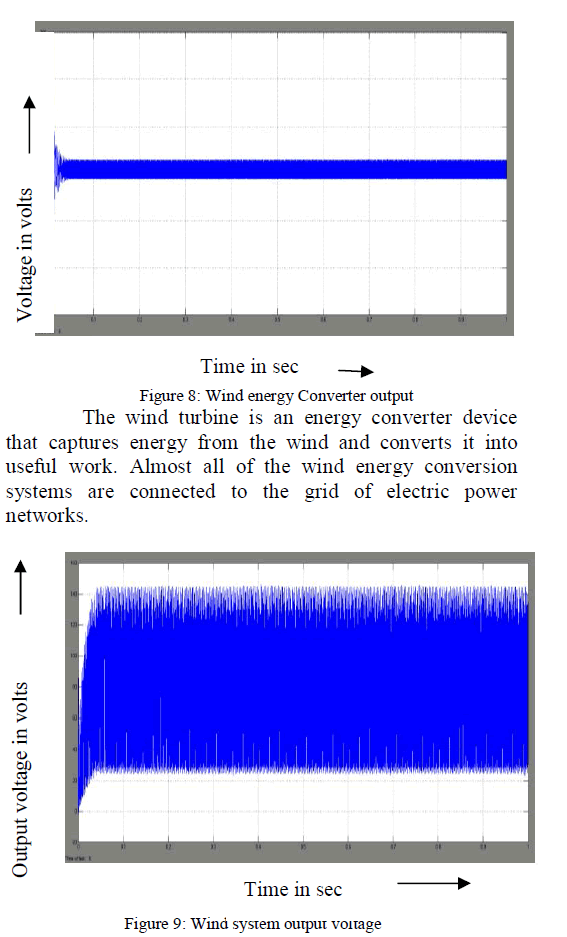ISSN ONLINE(2319-8753)PRINT(2347-6710)
ISSN ONLINE(2319-8753)PRINT(2347-6710)
Anis Micheal Visu.A1, Nagarajan.A.M2 and Balaji.A.N3
|
| Related article at Pubmed, Scholar Google |
Visit for more related articles at International Journal of Innovative Research in Science, Engineering and Technology
A tremendous development of the present engineering sectors, Metal-matrix composites plays a vital role in industrial metallurgical processes. The metalmatrix composite prepared by stir casting method has a great advantageous properties and reasonable costing increases the performance of the Machineries and it also much more profitable technology than powder metallurgical processes. Metal-matrix composites can mainly prepared by metallic materials, ceramic materials and non-metallic materials. This paper deals with metal matrix composite. MoO3 is used as reinforcement and aluminium is used as matrix. The metal matrix composite Al-10%MoO3 is developed by stir casting method. The objective of this paper is to developed Al-10%MoO3 composites and analyzing the mechanical properties like hardness, surface roughness and corrosion properties of the developed composites
Keywords |
| Metal-Matrix Composite, Stir-Casting, mechanical properties, corrosion |
INTRODUCTION |
| Composites are considered to be mixture of materials different composition. The materials retain their identities in the composite; that is, they do not dissolve or unite completely into each other even though they perform. Normally, these materials can be physically identified and reveal an interface between one another. There were various types of composite materials; on the basis of matrix constituents these are Metal Matrix Composites (MMCs) Polymer Matrix Composites (PMCs) and Ceramic Matrix Composites (CMCs) and the other on the basis of fiber reinforced composites like particulate composites are by dispersing the particles of different shapes and sizes, layered composites prepared by parallel layers with two alternate different phases and fiberreinforced plastics prepared by reinforcing plastic matrix with high strength fiber materials and infiltration composites. But nowadays the use of metal-matrix, ceramic-matrix and honey-comb structure plays a significant job which is useful for the new development. |
| The modern development in the field of science and technology demands the developments of advanced engineering materials for various engineering applications, especially in the field of transportation, aerospace and military engineering related areas. These area demands light weight high strength having good tribological properties. Such demands can only be met by development and processing of aluminium metal matrix composite materials. The main challenge in the development and processing of engineering materials is to control the microstructure mechanical properties and cost of the product through optimizing the chemical composition, processing method and heat treatment. This requires the sound theoretical and practical knowledge of the materials engineers. |
Aluminium metal matrix |
| The aluminium metal matrix composite materials is the combination of two or more constituents in which one is matrix and other is filler materials (reinforcements). |
| Aluminium metal matrix may be laminated, fibers or particulates composites. These materials are usually processed through powder metallurgy route, liquid cast metal technology or by using special manufacturing process. The processing of discontinuous particulate metal matrix material involves two major processes (1) powder metallurgy route (2) liquid cast metal technology. The powder metallurgy process has its own limitation such as processing cost and size of the components. Therefore only the casting method is to be considered as the most optimum and economical route for processing of aluminium composite materials. |
Stir Casting |
| The term stir-casting is the process of stirring molten metal’s are used for continuous stirring particles into metal alloy to melt and immediately pour into the sand mould then cooled and allow to solidify. In stir-casting, the particles are often tends to form agglomerates, which can be only dissolved by vigorous stirring with high temperature. |
EXPERIMENT AL PROCEDURE |
| There are various types of metal-matrix composite materials fabrication techniques in engineering field like, Metallurgical melting method, Gas or Pressure infiltration method, Finishing by machining method, Pressing and sintering method, Forging and extrusion method, Squeeze or pressure casting method, Compo-casting method, vortex and Stir-casting method. |
Stir-Casting Fabrication |
| Here we have been adopting the stir-casting method for the preparation of metal-matrix composites. This whirlpool technique provides the high strength homogeneous set of aluminium composite materials. The necessary apparatus are required to fabricate the material with stepwise procedure are discussed below; |
| (i) Frame of stirring system: Frame of the stir-casting system is prepared by 1" x 1" MS square iron pipes. The height of the frame is 70 cm from the ground and its length and width is 70 cm each side. The two square pipes are joined in the middle side at a distance 27cm from both sides which is used for the fitting of motor cum stirrer. |
| (ii) Stirrer Fabrication: Stirrer is made up of mild carbon steel. The length of stirrer is 95 cm and exactly plus sign blade having zigzag angle 90° of each side. The length of every side of stirrer blade is 9 cm each. |
| (iii) Graphite Crucible: Graphite crucible is used for heating the matrix material. The height of the crucible is 12 inch and upper side diameter is 8 inch and the bottom side diameter of the crucible is 6 inch. |
| (iv)Motor-Dimmer: The motor is fitted on the centre of the frame having 220 to 1400 rpm for stirring process and the rate of speed is adjusted by dimmer (0 to 260 volts). |
| (v) Furnace Specification: Underground coal-fired furnace is used for the preparation of the homogenous metal matrix. The furnace opening dimensions 15" x 15" and the depth is 30âÂÂ. Coal is used as fuel in for the preparation. |
| (vi)Raw Material Selection: For the preparation of metalmatrix composite molybdenum, titanium, vanadium and niobium and aluminium scraps are used as a raw material. And 98.41% aluminium scraps required for the preparation. |
Methodology |
| In the preparation process of this method, stirring has been carried out in graphite crucible in coal-fired furnace with continuous stirring of the molten metal-matrix gives homogeneous mixture of composites and instantaneously poured in to the sand mould to get solidify. Coal is used as a fuel for preparation. The working diagram of the coal-fired furnace is given in the experimental figure:1 |
Experimentation |
| The experimental arrangement has been assembled by the coupling gear-box motor and mild steel four blade stirrer used. The melting of the aluminium (98.41%) scraps and The decided matrix metal is carried out in the graphite crucible into the coal-fired furnace. First the scraps of aluminium were heated and matrix powder also heated with 900°C. This metal-matrix composite is then poured into the graphite crucible winded with resistive heating coil at 760°C temperature. And stir the composite by using the stir casting machine. When the manual mixing is complete then automatic stirring will carried out for ten minutes with normal 400 rpm of stirring rate The temperature rate of the coal-fired furnace should be controlled at 760 ± 10°C in final mixing process. After complete the process the slurry has been taken into the sand mould within thirty seconds allow it to solidify. Tests should be taken of solidified samples like hardness and impact tests. This experiment should repeatedly conduct by varying the compositions of the composite powder of matrix as 10% |
 |
 |
RESULTS AND DISCUSSION |
| The mechanical properties like hardness,surface roughness were determined. |
Hardness studies |
| The hardness of the Al5034 and Al5034+MoO3 composite was evaluated using Rockwell hardness testing with 100 kg load and 0.5 mm diameter steel ball indenter. Five readings were taken for each hardness value. The hardness of the Al5034 and Al5034+MoO3 composites is shown in figure 3.1. The hardness of the composite is increasing. |
 |
Corrosion test |
| The Corrosion behavior of Al5034-MoO3 is tested in the corrosion testing machine. It have the better results compare to the pure aluminium. The test is conducted between the voltage range of ±25V. Test graph results are shown in fig: 5 |
 |
Conclusion |
| The aluminum MMC is prepared by stir casting method. Then the mechanical properties such as Hardness, surface roughness and corrosion properties of MMC are tested. To best of my knowledge the prepared composite have the better properties than the pure aluminium |
References |
|